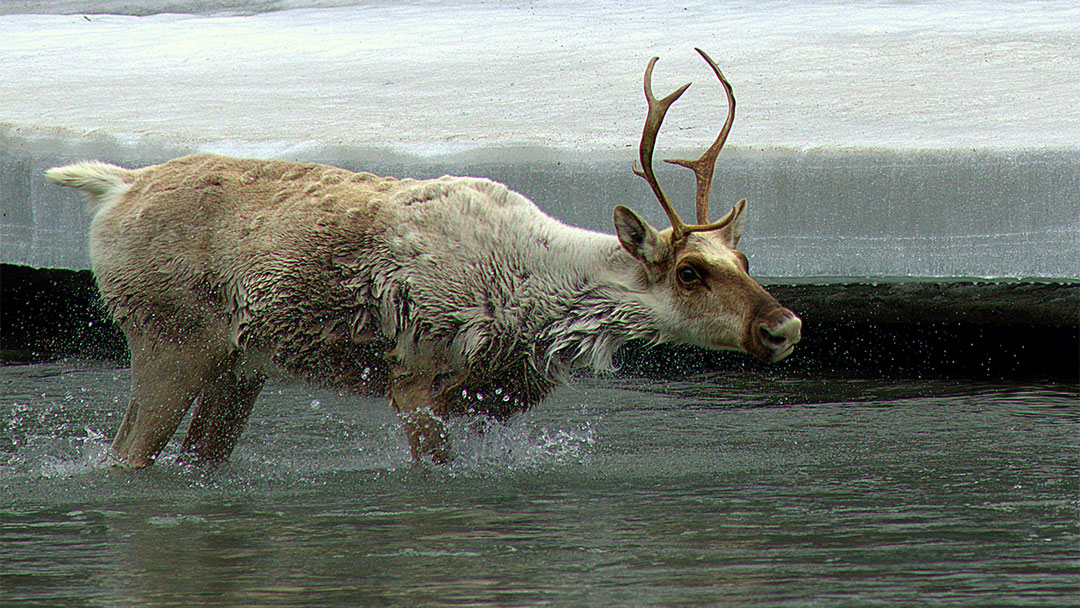On Tuesday, April 9th, Conservation North attended a community meeting in Prince George to discuss the province’s draft recovery plans for Southern Mountain caribou. Several statements were made that were misleading at best, and outright false at worst. We would like to address some of these here:
MYTH: There is no data that snowmobiling affects caribou.
REALITY: Intensive snowmobiling activity displaced the Hart Range herd, which has its winter range approximately 100 km east of Prince George, from high quality habitat[1]. While the question of backcountry access and recreation is not currently under discussion, wildlife biologists have recommended that snowmobile activity be restricted from all or most high quality caribou habitat.
MYTH: Wolf populations must be ‘managed’ in order for caribou populations to persist.
REALITY: The annual wolf cull is unsustainable, unethical, and has limited social license, and while it may have had some success as an emergency measure, the wolves are not the ultimate problem. We have provided them with unprecedented access to caribou herds through our construction of linear features on the landscape (e.g. logging roads)[2]. In addition, land clearing contributes to increasing moose populations, which in turn increase predator (e.g. wolf) populations[3]. Any serious attempt to preserve caribou must ultimately deal with these realities[4].
MYTH: Logging improves caribou forage.
REALITY: It doesn’t. Caribou winter in old growth forests, where they feed almost exclusively on arboreal lichens[5]. After logging, a period of at least 150 years is required to re-establish sufficient arboreal lichens to support caribou herds. In addition, habitat changes following the loss of old growth forests reduce separation between caribou and a) other ungulates (e.g. moose) and b) their shared predators. This increased proximity leads to increased exposure to predation[6].
Our understanding of what caribou populations need in order to survive and thrive has been clear for over a decade. We must cut down fewer trees, allow forests to grow older, and get rid of linear features (e.g. roads) on the landscape. The future of these herds depends on the choices we make today.
[1] Seip et al 2007
[2] Dickie et al 2017; James and Stuart-Smith 2000
[3] Serrouya et al 2011
[4] Mumma et al 2018
[5] Terry et al 2000
[6] Peters et al 2012

